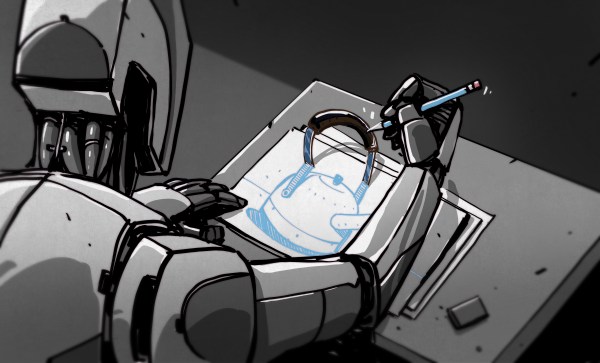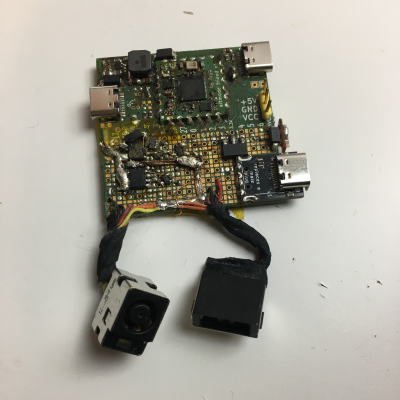Open source software can be fantastic. I run almost exclusively open software, and have for longer than I care to admit. And although I’m not a serious coder by an stretch, I fill out bug reports when I find them, and poke at edge cases to help the people who do the real work.
For 3D modeling, I’ve been bouncing back and forth between OpenSCAD and FreeCAD. OpenSCAD is basic, extensible, and extremely powerful in the way that a programming language is, and consequently it’s reliably bug-free. But it also isn’t exactly user friendly, unless you’re a user who likes to code, in which case it’s marvelous. FreeCAD is much more of a software tool than a programming language, and is a lot more ambitious than OpenSCAD. FreeCAD is also a program in a different stage of development, and given its very broad scope, it has got a lot of bugs.
I kept running into some really serious bugs in a particular function – thickness for what it’s worth – which is known to be glitchy in the FreeCAD community. Indeed, the last time I kicked the tires on thickness, it was almost entirely useless, and there’s been real progress in the past couple years. It works at least sometimes now, on super-simple geometries, and this promise lead me to find out where it still doesn’t work. So I went through the forums to see what I could do to help, and it struck me that some people, mostly those who come to FreeCAD from commercial programs that were essentially finished a decade ago, have different expectations about the state of the software than I do, and are a lot grumpier.
Open source software is working out its bugs in public. Most open source is software in development. It’s growing, and changing, and you can help it grow or just hang on for the ride. Some open-source userland projects are mature enough that they’re pretty much finished, but the vast majority of open-source projects are coding in public and software in progress.
It seems to me that people who expect software to be done already are frustrated by this, and that when we promote super-star open projects like Inkscape or Blender, which are essentially finished, we are doing a disservice to the vast majority of useful, but still in progress applications out there that can get the job done anyway, but might require some workarounds. It’s exactly these projects that need our help and our bug-hunting, but if you go into them with the “finished” mentality, you’re setting yourself up for frustration.

















